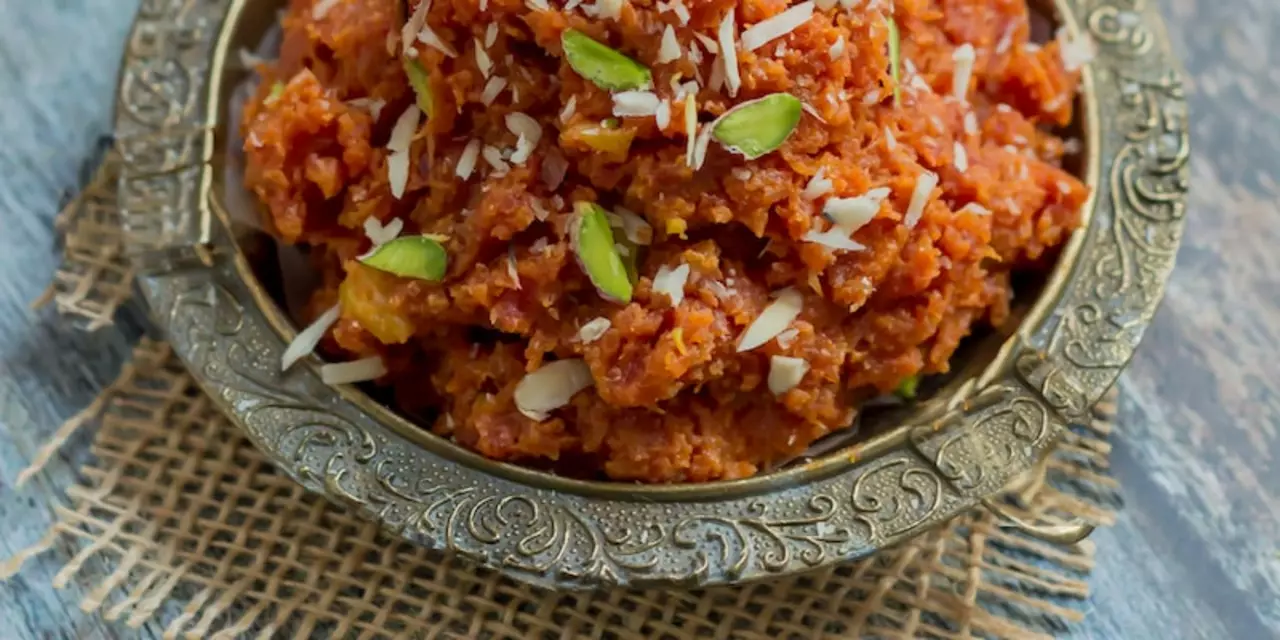Explore Indian Cuisine: Flavors, Stories & Tips
If you think Indian food is just curry, think again. It’s a patchwork of regions, spices, and habits that can turn a simple meal into a memory. Whether you’re a seasoned foodie or a curious newcomer, this guide gives you the basics to enjoy Indian dishes without getting lost.
Regional Highlights
India’s north is famous for creamy gravies, flatbreads and tandoor heat. Think butter chicken, naan, and rich dals. The spices stay warm but aren’t overly hot, letting buttery flavors shine. Down south, the palate flips. Coconut, tamarind, and mustard seeds dominate, and rice replaces wheat. A bowl of sambar with fluffy idli or a crispy masala dosa will hit the spot.
West coast chefs love seafood, peanuts, and the tang of kokum. Goan fish curry or Malvani prawns showcase that coastal zing. In the east, mustard oil and poppy seeds give dishes a sharp bite—try a classic Bengali fish macher jhol or a fluffy mishti doi for dessert.
Every region also has its own street‑food heroes. Delhi’s chaat mixes crispy papdi, tangy tamarind, and crunchy sev. Mumbai’s vada pav is a potato fritter sandwiched in a bun—cheap, fast, addictive. These snacks are not just food; they’re a quick cultural lesson.
Cooking Tips for Home Chefs
Start with a small spice kit: cumin, mustard seeds, turmeric, chili powder, and garam masala. Toasting whole spices in a dry pan releases flavor faster than buying pre‑ground. Keep a good-quality ghee or oil on hand; ghee adds that classic richness you’ll hear about in every Indian kitchen.
Don’t rush the onion‑garlic‑ginger base. Sauté them until they turn deep golden; this step builds the backbone of most sauces. If you’re short on time, use a ready‑made spice blend, but add a pinch of fresh chili or a squeeze of lemon at the end to keep the dish lively.
Rice and lentils are staples for any Indian meal. Rinse basmati rice a few times before cooking to avoid stickiness. For lentils, a quick pressure‑cook or a simple pot simmer works—add a tadka (tempered spices) at the end for that final pop of flavor.
Finally, taste as you go. Indian cuisine balances sweet, sour, salty, and spicy. A splash of jaggery, a dash of lime, or a spoonful of yogurt can fix a dish that feels off. Trust your palate more than any recipe.
Whether you’re ordering a plate of paneer tikka, cooking up a storm at home, or just curious about the stories behind each spice, Indian cuisine offers a world of taste that’s easy to explore. Dive in, experiment, and let your taste buds travel across the subcontinent—no passport needed.
